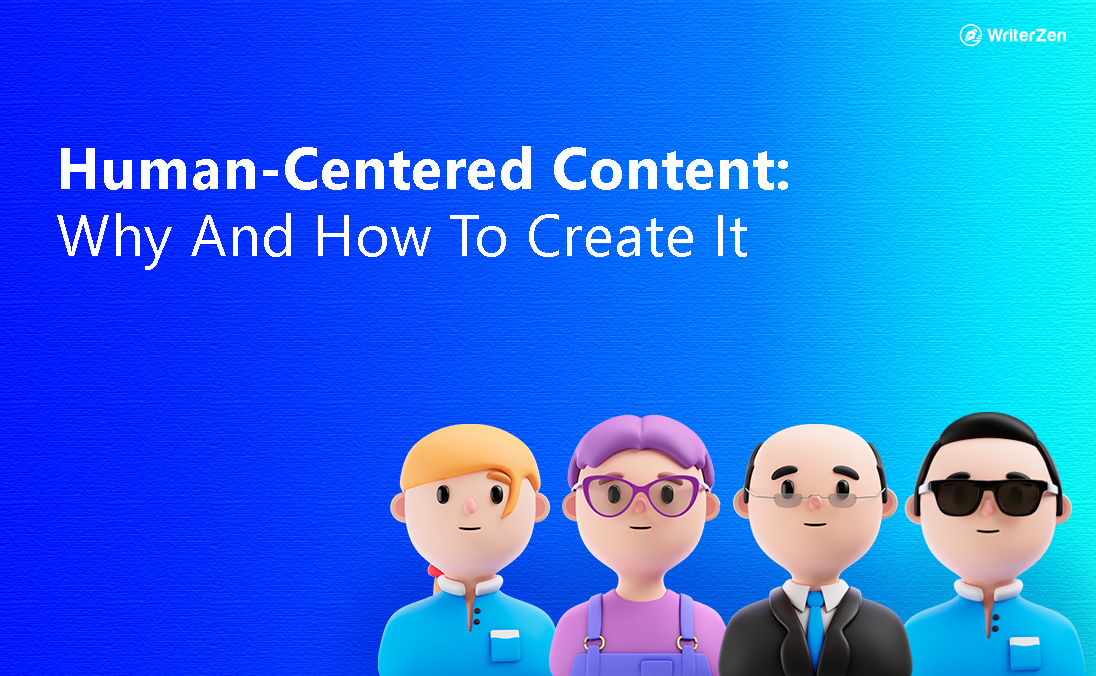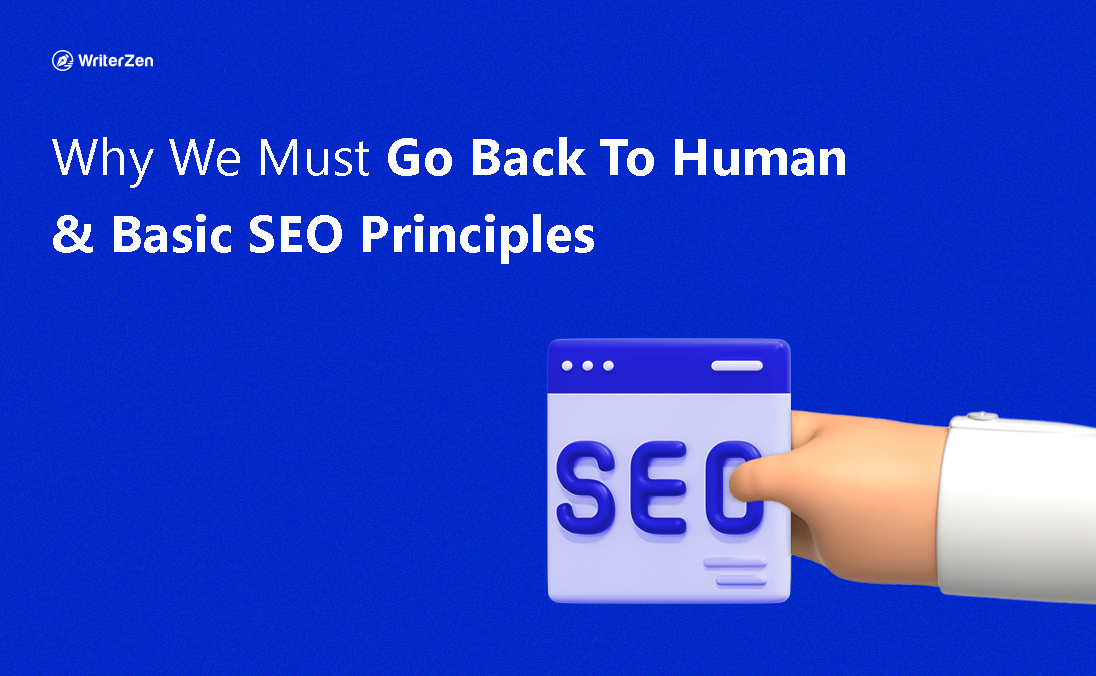Marketing trends change at the speed of light, and as a marketer, it isn't always easy to keep up with them.
But to know which trend matters to your business and succeed in this fast-paced marketing world while maintaining a sense of relevance with your audience — it's important to stay ahead of them.
But how do you do that?
Here’s your answer:
-
By keeping yourself updated with the latest trends
-
Knowing how to deep dive into the trends that matter for your business without getting obsessed over it
And, to help you with that, we’re here with a list of major latest marketing trends, strategies to balance while keeping up with them, and resources to stay ahead of the curve.
Let’s dive in.
7 Latest Digital Marketing Trends You Should Be Aware of
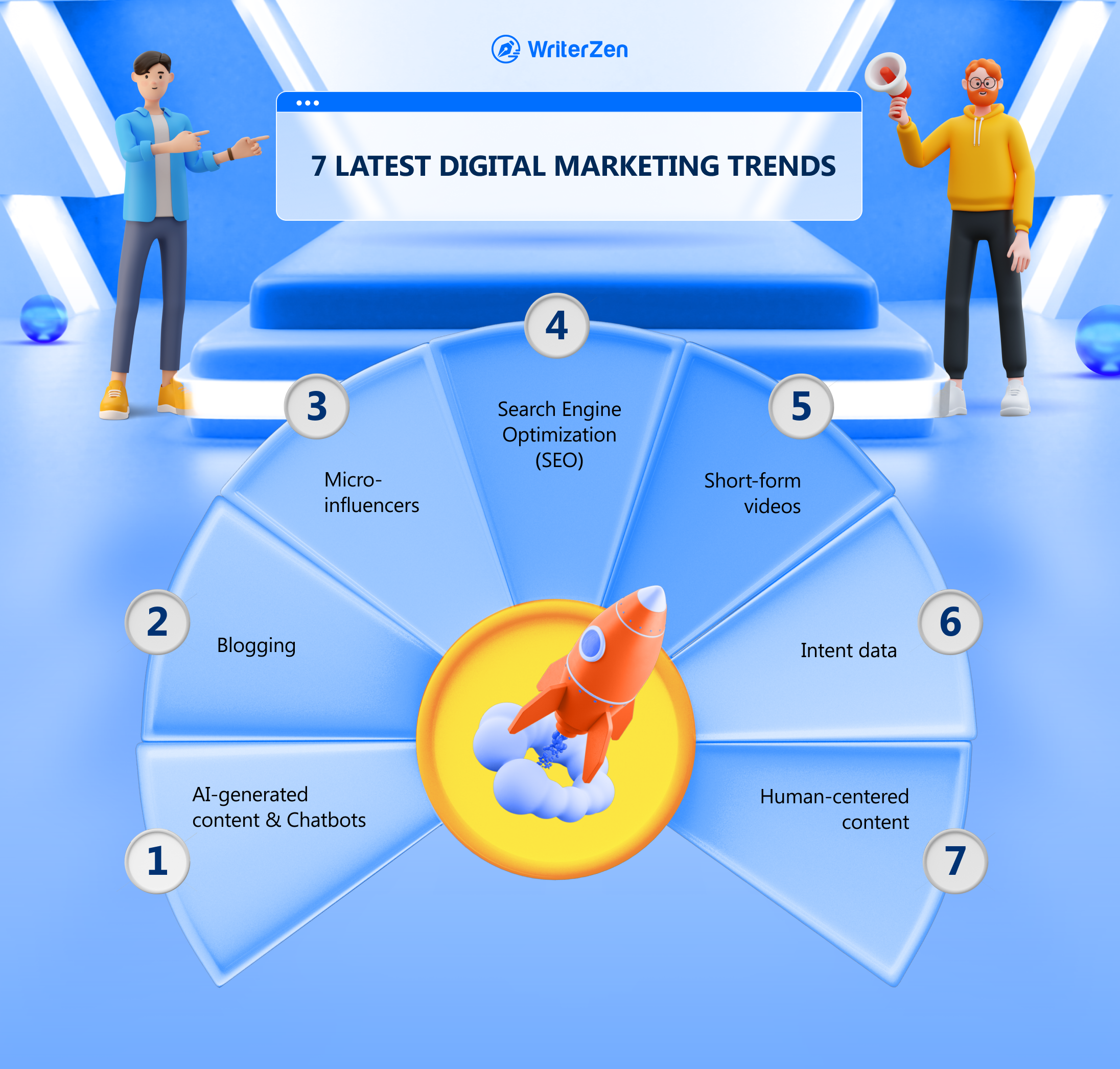
AI is Becoming More Influential
By 2030, AI-driven marketing is set to drive 45% of the total economic gains — showing the influence of AI in digital marketing.
AI helps you with predictive analytics, targeted ads, personalization, and more to maximize your marketing efforts. It can also ease your research process and create content such as blogs, video captions, email subject lines, social media posts, etc.
For example, ChatGPT, a chatbot powered by OpenAI’s large language model, was designed to mimic human-like responses but soon turned out to help perform all the content creation tasks mentioned above.
Although these AI-generated content can't match the creativity a human writer will provide, they help a lot — making the content creation process easier — saving you time and resources.
As AI becomes more influential, it’s important to learn how to leverage these tools to stay competitive.
If you want to learn how to craft prompts for multiple marketing use cases or generate engaging content using AI, here’s our course on “Master ChatGPT in Content Marketing ” to help you through.
Blogging is Here to Stay
One of the most common questions in the content marketing industry — Is blogging dead?
“56% of 300 consumers surveyed by HubSpot admitted they made a purchase from a brand after reading one or more blog posts”.
The clear answer — NO! Actually, it’s here to stay.
It’s because blogging not only increases website traffic and promotes your products and services, but it also helps you build trust with potential customers and drive conversions.
Brands use their blogs as educational hubs to provide practical insights and engaging content consistently without being affected by ever-changing social media algorithms.
For instance, we at WriterZen have created an ecosystem covering all the topics our target audience might search for. Our blog aims to provide digestible and actionable content and build an accessible resource for people looking to learn more about digital marketing, SEO, and content creation.
What’s more, we also have a course called “WriterZen User Guide” that guides you on how to use WriterZen for blogging, starting from discovering a topic to actually writing the content and collaborating in the workspace.
If you’re someone who’s getting started with blogging or content writing in general, our tool and its course is the only thing you need. The best part? The course is absolutely free and you get a 30-day free trial of the tool to explore it before making any commitment.
Brands Harnessing the Influence of Micro-Influencers
Micro-influencers are friendly social media guides with 10-100k followers. These Influencers are experts in their niches that turn folks into fans by having real talks with audiences and getting brands noticed.
Since they're more like regular people, audiences tend to follow their recommendations more than any celebrity — the ultimate reason brands continuously invest in them.
For example, Anamaria, a lifestyle and fashion influencer with loyal 16.8k followers, continuously works with brands like Shein, Bella Barnet, and more. Their ongoing collaboration underscores her posts' positive impact on these brands.

Source: just_anemarie
Intent Data to Assess Potential Buyer’s Digital Footprints
Intent data provides insights into the online behavior of your target audience by analyzing their digital footprints — showing what they're likely to do next and predicting whether they’re interested in your offerings or not.
In marketing, understanding what your customers want is a huge advantage — and that's what intent data helps you with.
By leveraging intent data, you can:
-
Save money and build recognition by showing ads to the right audience at the right time.
-
Build authority by providing the exact content to those who need it.
-
Personalize your communication by ensuring the right message reaches the right people.
-
Deliver your visitors a more tailored experience by optimizing your website for the most frequent ones.
For example, Keboola, a $5 million ARR software company, achieved 2 demos out of 20 prospects by merging Bombora's intent data and Cognism's Diamond Data, cutting through noise and saving time, ultimately leading to a $125k funnel and assisting sales reps' learning capacities.
Amazing, right?
Now, it’s important to understand that you need to excel in brand monitoring to leverage intent data as it helps you identify and respond to customer interests and behaviors — leading to better-informed marketing strategies and improved customer engagement.
Brand monitoring is the process of tracking brand mentions and knowing where, how, and what people are talking about your brand to understand their perceptions and demands better.
Want to know more about brand monitoring? Here’s our course on “Brand Monitoring on Search Engine” to help you out.
Short-Form Videos are the New Normal
While long-form videos can provide consumers with in-depth information about a product, company, or service, marketers have learned that getting to the point with short-form videos can be far more effective.
Short, snappy stories allow marketers to connect with their customers where they already spend their time and boost reach with punchy content. To get the most benefits (and tap into increasingly short consumer attention spans), businesses must hook viewers within the first three seconds of the video.
No wonder why Instagram Reels have become Instagram’s fastest-growing feature worldwide and account for almost 25% of users’ time spent on Instagram.
Here’s the most-watched Instagram Reel with over 300M views.
More Businesses Are Now Leveraging SEO for Traffic
In the 2023 trends for marketing investments, SEO stands at third place, following short-form video and influencer marketing. Furthermore, 88% of marketers using an SEO strategy intend to grow or maintain their spending in 2023, up from 84% the previous year.
For example, Middleware, a real-time cloud native observability platform, leverages SEO rather than solely relying on social media, word of mouth, press releases, or paid ads to drive traffic and grow their business.
As interest and demand for SEO tactics grows, so do the number of search optimization options. The advancement of Google algorithms has expanded SEO beyond the creation of simple content that addresses simple search queries.
Today, brands hire SEO professionals to help them with anything from search insights reports to multimedia optimization.
If you want to tap into this opportunity and leverage SEO to its fullest, here’s our course on “SEO Fundamentals and Best Practices” to guide you through.
Authentic and Humanized Branded Content Is Getting More Traction
Humans create content for humans. There is something wholesome and interesting about knowing people or stories linked with a brand.
Creating content that reflects a truly human personality, enriched with elements like humor, vulnerability, and honesty – qualities we naturally seek in our personal connections – stands as a top strategy for fostering brand loyalty.
This is why authentic and humanized branded content is gaining more traction — it establishes relatable connections with audiences. The emotional resonance it creates increases its effect and memorability.
For example, Gymshark, a fitness clothing brand, connects with its audience through authentic and humanized content. They frequently feature sneak peeks of workouts, athlete training, and the everyday struggles of fitness journeys. This original and relatable content connects with fitness enthusiasts and fosters a strong sense of community.
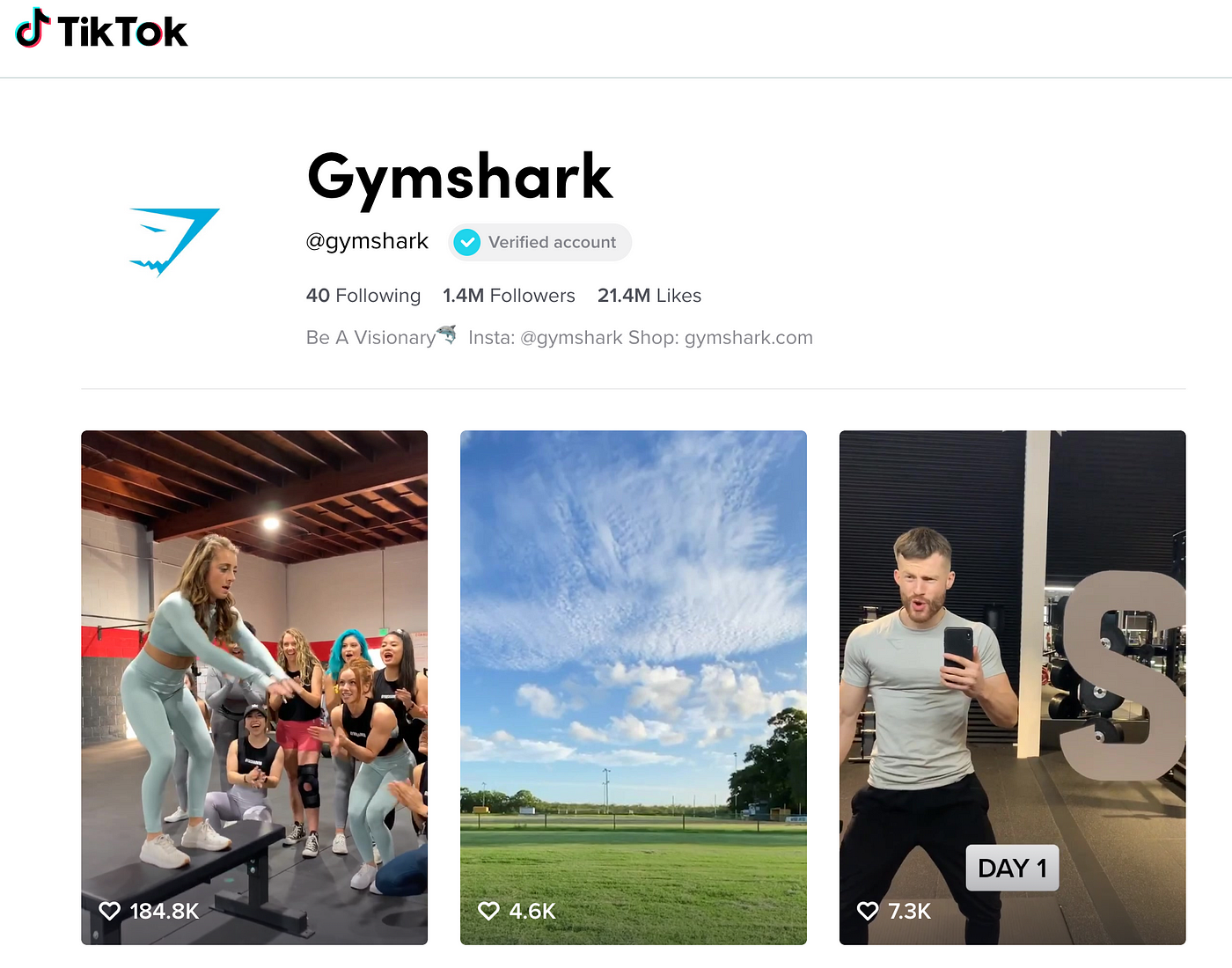
Source: Gymshark
How to Keep Up with Marketing Trends and Stick with the Basics in an Ever-Changing Market?
Marketing trends come and go, but the basics of success stay the same — understanding your audience's needs and communicating with them effectively and consistently wherever they are.
That’s why we asked experts to put their insights on how marketers can keep up with the ever-changing nature of the marketing world while sticking with the basics, and here’s what they said:
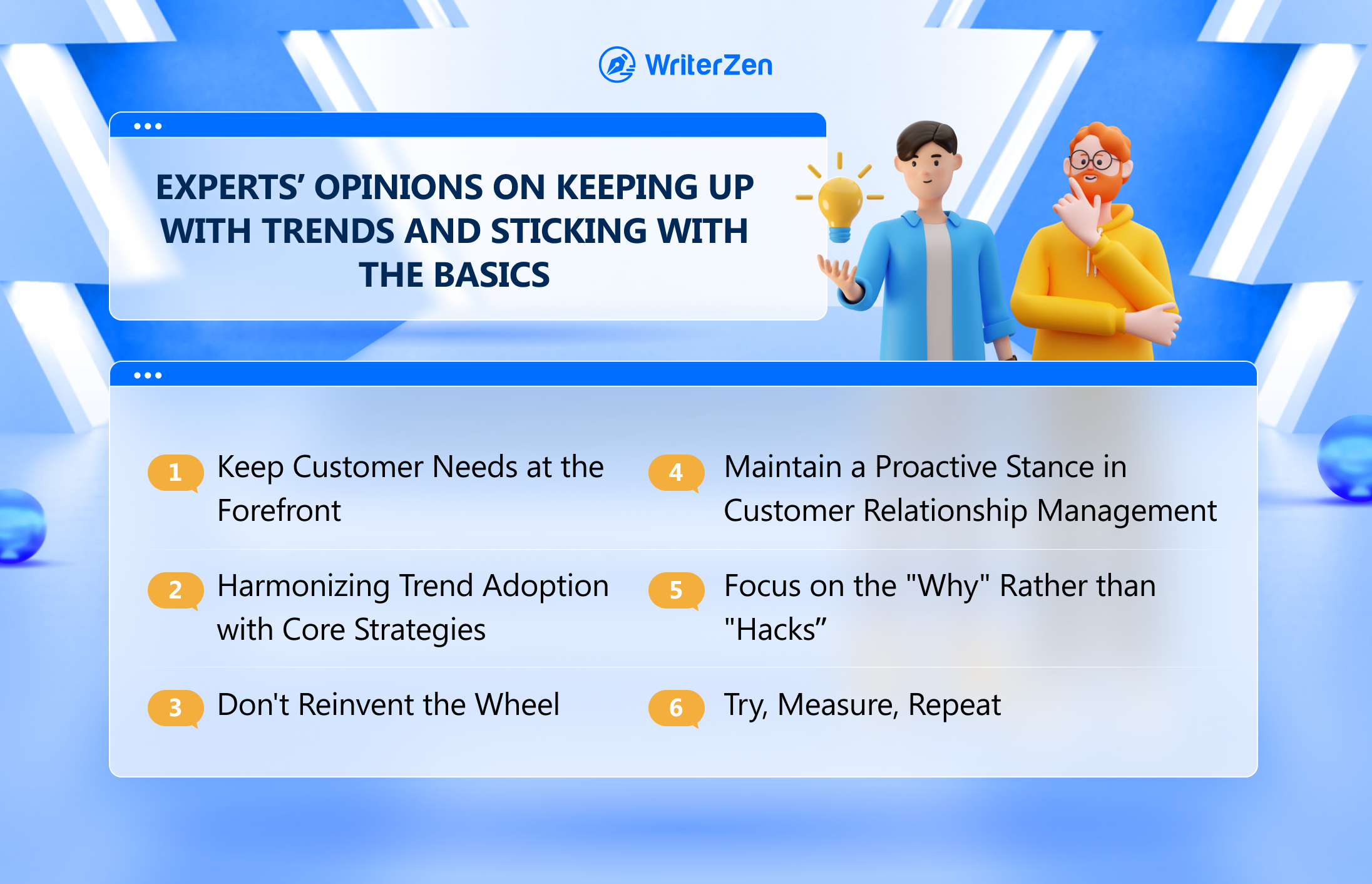
Keep Customer Needs at the Forefront
“It's easy to get caught in the whirlwind of new trends, but remember - customer needs and preferences are at the heart of successful marketing. Ensure any new ideas align with your audience's interests, and always prioritize personalization and quality over quantity when it comes to content.
It's important to bear in mind that while the digital marketing landscape might be continually shifting, the foundational principles stay the same - understanding your audience, creating valuable content, and measuring your outcomes.”
— Precious Abacan, Content Marketer, Softlist.io.
Harmonizing Trend Adoption with Core Strategies
“While trends may dazzle, foundational strategies provide stability. Integrating the two ensures a balanced approach.
For example, if influencer collaborations become a trend, intertwine this with your core strategy of audience targeting. Deliver influencer content to your target demographic, aligning innovation with proven tactics.”
— Ibad Hussain, Head of Marketing, Embedwiz.
Don't Reinvent the Wheel
“While it will be hard to resist shiny object syndrome with all these new marketing trends coming out, just keep in mind that Google's ranking factors remain the same unless otherwise stated in a Google core update. You won't end up on page 1 just because you're using some new and trendy marketing strategy.
So what that means is that nailing your E-E-A-T, on-page SEO, site crawlability, etc., should still be your number one concern. If you focus your efforts on trying out new trends and forget about your key ranking factors, then your site is likely doomed to fail in SEO.”
— Shane Duggan, Technical Writer, LookUp.
Maintain a Proactive Stance in Customer Relationship Management
“Your customers are not just buyers; they're trendsetters. In our company, we're proactive in chatting with them through feedback systems, online hangouts, and even social media polls. This way, we get a heads-up on shifts in what they want. It's like having insider info on the latest trends straight from the source.”
— Jonathan Merry, Finance and Marketing Expert, Moneyzine.
Focus on the "Why" Rather Than "Hacks"
“For example, in SEO, it's easy to get distracted by the latest tactic or hack that everyone is talking about. What that distracts from is the “why” behind why it's working.
Google's goal is to surface the best possible answers for a user's query. If you focus your efforts on aligning with that goal, you'll never go wrong or offside with an algorithm change.”
— Amanda Thomas, Managing Partner, Konstruct Digital.
Try, Measure, Repeat
“I love experimenting with new strategies. But here's the thing: I always have one eye on the metrics. If something's not working, it's back to the drawing board, no hard feelings.”
— Kamil Rejent, CEO, Survicate.
How to Find a Balance Between Latest Trends and Traditional Marketing?
By finding a balance between the latest trends and traditional marketing, you can create a well-rounded strategy — helping you maximize your reach, engagement, impact, and conversions.
Here's how you can do it:
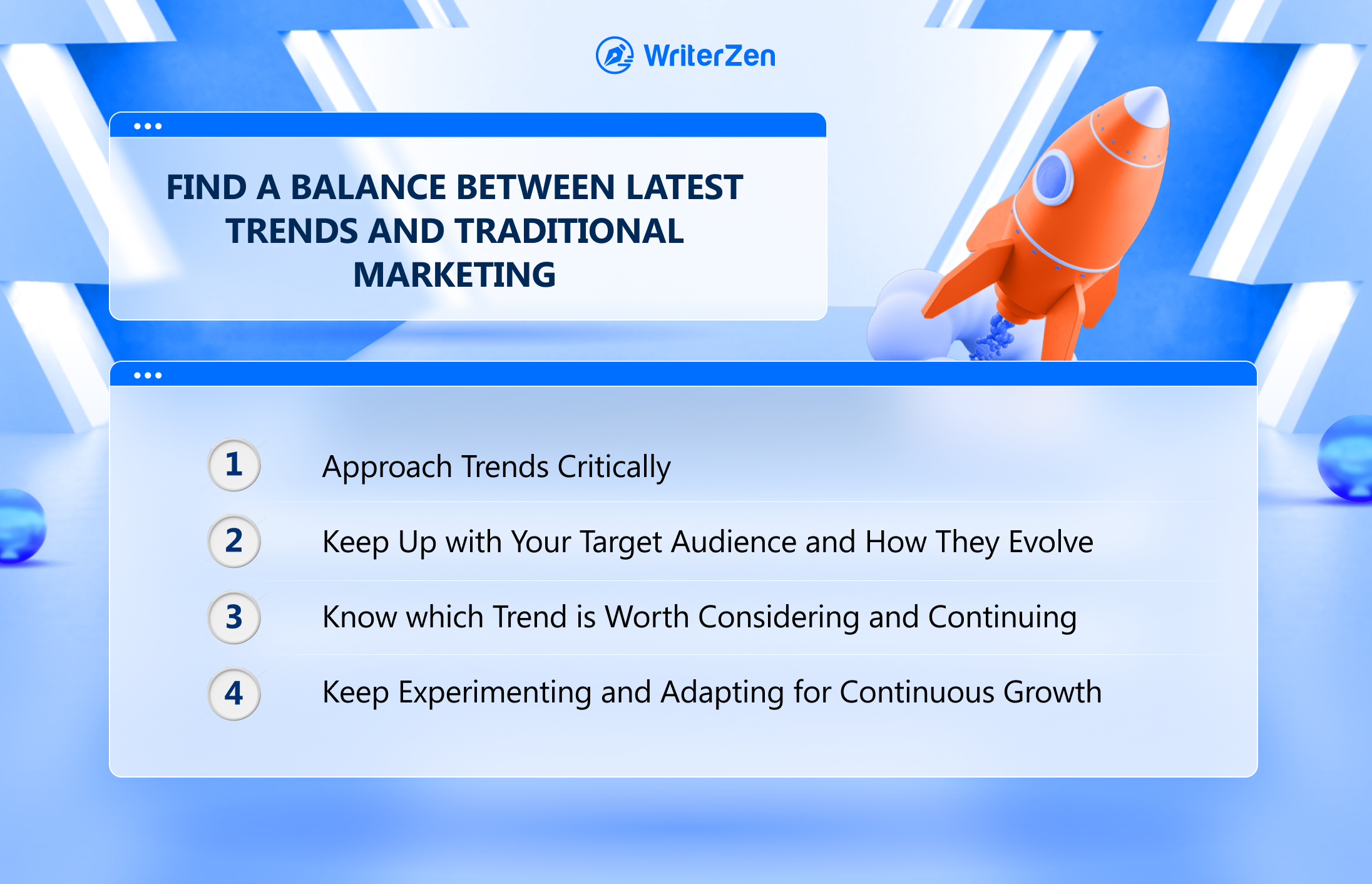
Approach Trends Critically
Integrating classic and latest marketing trends into a unified marketing plan makes a lot of sense. Traditional approaches continue to increase brand visibility and reputation, while emerging trends provide the benefit of precision targeting and data-backed insights.
The combination of both enables brands to capitalize on the strengths of each and achieve the best possible outcomes.
Keep Up with Your Target Audience and How They Evolve
Knowing how your audience evolves is the key to understanding where they’re going — helping you tweak your strategies and pick up the right marketing channels to promote your offerings.
For example, traditional approaches such as trade shows are effective for B2B companies, but keeping up with digital waves and new trends helps them reach a larger audience and connect with decision-makers at every stage of the buying process.
Similarly, social media is a powerful tool for B2C businesses. It's where they can reach out to a large number of people and make significant connections. But combining this with traditional approaches, such as eye-catching billboards, will get them even better results.
Know which Trend Is Worth Considering and Continuing
Leverage data analytics to determine which trend is worth following and which one is creating unnecessary noise.
Keep an eye on key metrics such as website traffic, conversion rates, and customer engagement to track the results these trends bring — ultimately helping you constantly update your marketing campaigns and allocate resources accordingly.
Keep Experimenting and Adapting for Continuous Growth
The marketing world is always changing; whether you're a B2B or B2C business, staying ahead means being open to new ideas and opportunities.
There are various trends to experiment with — influencer marketing, short-form videos, etc. — businesses can test with different marketing channels, content types, and messages to see what works best.
Companies can discover new opportunities, improve their marketing strategy, and differentiate themselves from the competition by being open to trying new ideas and adapting accordingly.
It's like being ready to adapt fast in a constantly changing world, anticipating what's next, and being the first one to provide your customers with what they want.
How WriterZen Academy Can Help You Stay Ahead of the Curve?
Staying updated on trends keeps businesses relevant and adaptable and helps them grow by ensuring they remain innovative, influential, and open to new opportunities.
To stay ahead of the curve, it’s not only important to follow these trends but also to learn the skills required to analyze and leverage these trends to get the most out of them. But, with so many disorganized and outdated resources available, it’s easy to get overwhelmed and feel lost.
That’s why WriterZen Academy offers trendy course topics with informative and up-to-date content that provides long-lasting fundamental knowledge by experienced instructors to help you get through the trends without getting sidetracked.
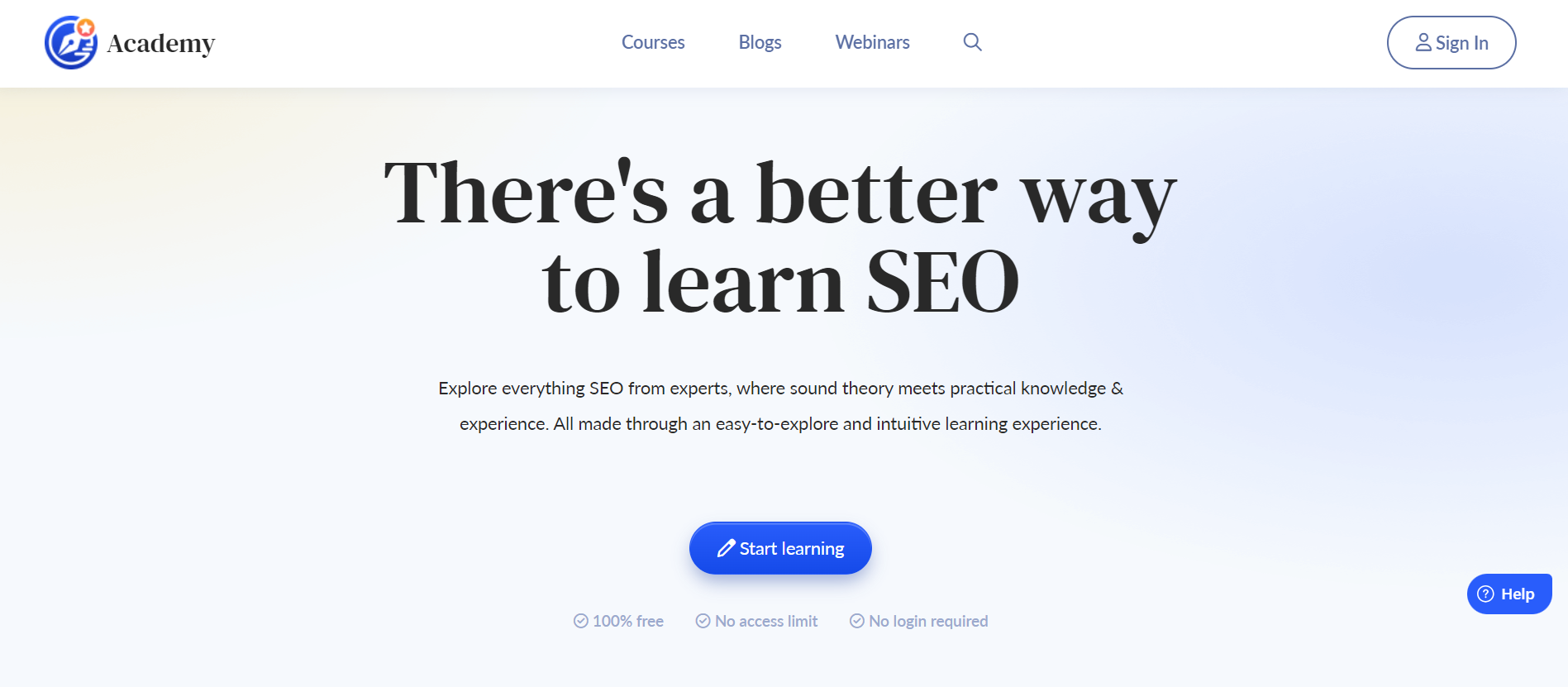
The best part? It’s free with no access limit and login required!
However, if you log in, you get the best learning experience as your progress gets auto-tracked; plus, you can access and monitor your lessons as you wish — save your favorite chapters, review learned lessons, or explore further.
We will also keep you updated with the latest news about the upcoming courses you might be interested in.
So, if you’re ready to become a leader (and not just another trend follower), Come to Us. We’ll help you keep yourself in the loop and get the edge you need in the chaotic marketing industry.
Let’s Help You Lead the Way
In this fast-changing marketing world, staying ahead means winning big. However, remember your ticket to success lies not only in being updated but also in equipping yourself with the required skill sets.
In short, don’t just keep up — lead the way. Join WriterZen Academy and get the knowledge you need and become a digital marketer everyone envies.


![Latest Digital Marketing Trends & How to Navigate through the Ever-Changing Marketing World [2023 Edition]](https://writerzen.net/storage/photos/1/blog-3.27/digital-marketing-trends.webp)
